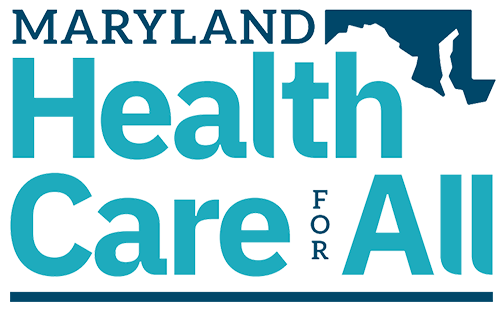The Washington Post
June 29, 2012
By the Associated Press
ANNAPOLIS, Md. — Gov. Martin O’Malley and Lt. Gov. Anthony Brown said Thursday the Supreme Court’s ruling to uphold nearly all of President Barack Obama’s health care overhaul gives considerable momentum to reform efforts in Maryland.
Maryland has passed legislation to create a health care exchange, setting up standards and regulations to run the program and creating the framework for a marketplace where individuals and small businesses can buy coverage. While opponents said the state was moving too fast with the legislation before knowing the outcome of the high court’s ruling, Brown said Maryland is now ahead of the process to implement the historic overhaul.
“We didn’t want to look back on today and say: ‘Boy, you know, the Supreme Court, they did get it right, but look at all the time that we wasted sitting around waiting for them to decide,’” Brown, a Democrat who led health care reform efforts for the O’Malley administration, said. “So, we’ve been leaning forward. We’ve been implementing, I think, really establishing ourselves as a model around the country, and today gives us the complete green light to go full steam ahead.”
Joshua Sharfstein, secretary of the Maryland Department of Health and Mental Hygiene, said the state plans to move forward with increasing Medicaid coverage levels for adults to 133 percent of the federal poverty threshold beginning in 2014.
“I think we saw this as a very important part of the law,” he told The Associated Press in an interview after the ruling was made public.
The secretary added: “There’s an enormous benefit for the state to having coverage for people who otherwise we’re paying for.”
Charles Milligan, deputy secretary at the state’s health department, said the expansion of Medicaid coverage should cover about 190,000 people by the end of the decade. He said the department anticipates more than 100,000 people will enroll by 2015.
“What we anticipate is that in combination with the coverage in the exchange and the overall expansion in the health reform law, the uninsured rate would drop by half,” Milligan said. “We would have about 400,000 people covered between the exchange and Medicaid who otherwise would be uninsured at the end of the decade.”
Maryland has about 747,000 residents who do not have health insurance.
Milligan said that in 2020, the first year in which the state has to pick up 10 percent of the cost for expanding the threshold to 133 percent, the cost to the state would be about $51 million. But in the same year, the state would receive $131 million in federal dollars because the federal government is taking over a financial responsibility the state is currently meeting with a substantial amount of state funding.
Maryland Republicans expressed disappointment in the ruling.
“Let me just say that although the ruling is disappointing, we have to remember that it was a very close decision that upheld this individual mandate as a tax, and it’s something that has been repeatedly denied by the policy makers who pushed this legislation through,” said Delegate Anthony O’Donnell, the House minority leader in Maryland who supports repeal of the law.
As part of a special session in 2007, O’Malley’s first year as governor, Maryland approved expanding health care coverage to 116 percent of the poverty threshold. That change has expanded health care to more than 100,000 parents and children, said Vincent DeMarco, president of the Maryland Citizens’ Health Initiative.
“This law allows us to go beyond that — to go to 133 percent of poverty, which is roughly $30,000 a year for a family of four for parents and childless adults,” DeMarco said.
Last modified: July 11, 2012


